For first time parents, having a baby in the house means more than just re-evaluating your priorities. Especially when you live in a condo, you have to ensure that your living space is safe and comfortable for your growing little ones.
Discover the 7 basic rules in maximizing your condo space without compromising your baby’s safety and freedom to move around!
Baby-Proofing for Newborns and Infants are Different
You might have made several changes in your condo space when your baby was just a newborn. That was the time when your baby will only stay in bed unless you carry him or her around.

But as your baby grows, you will eventually have to make new adjustments. Note, however, that these adjustments do not have to be grand and expensive.
Your Baby Starts Crawling at 6 Months Old
Babies start to crawl from one place to another at 6 months old. They also become more active and curious about the things they see around them. Thus, this is the perfect time to start making adjustments in your living space to keep your baby safe while he or she plays around.
Rule 01: Keep Electric Outlets Covered/Out of Baby’s Reach
Babies love to stick their fingers into cracks and holes around the house. It does not matter to them if it’s an active electric outlet. As long as they can reach it, they will most likely tinker with it. Avoid the possibility of electrocution by covering your electric outlets.
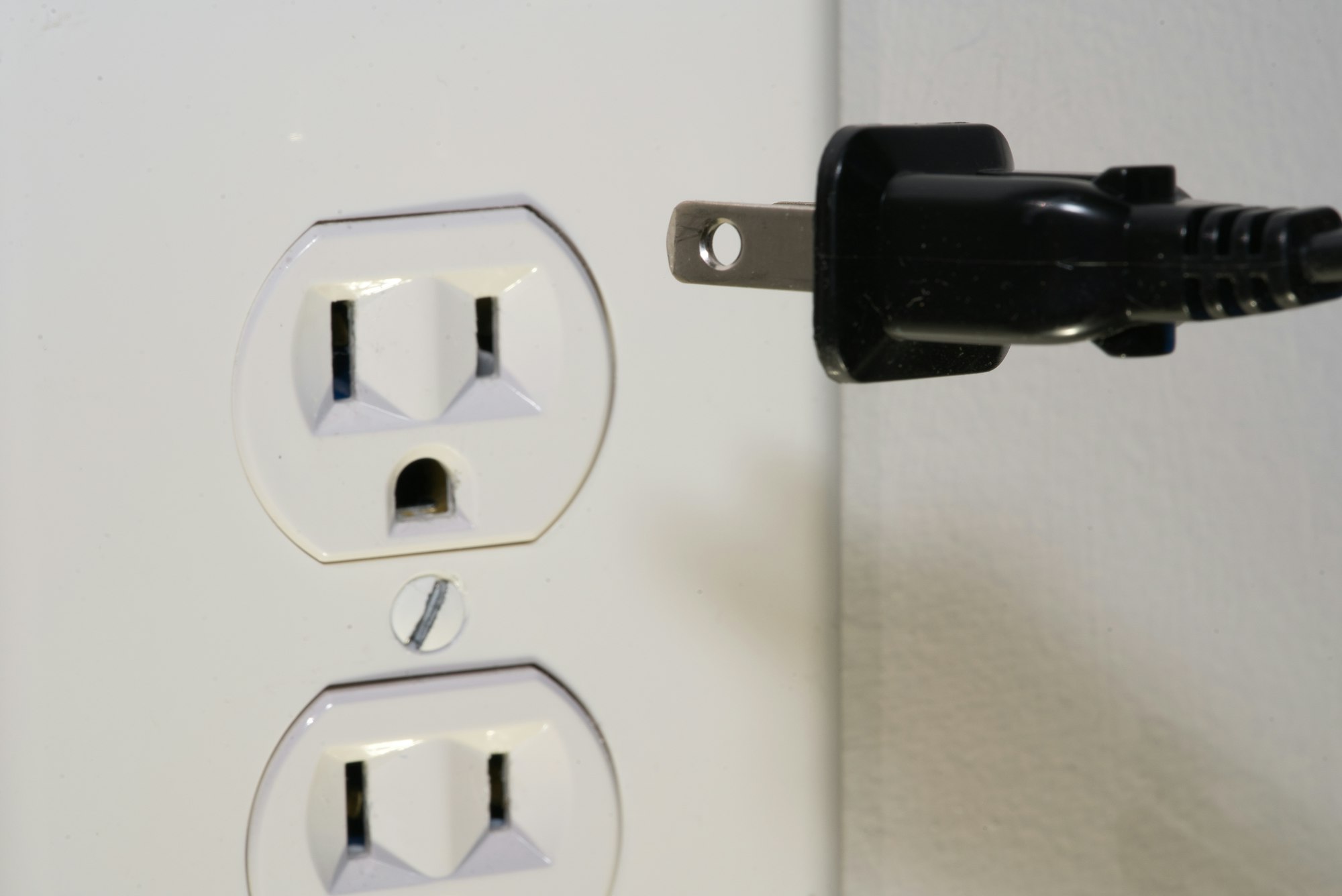
If rarely used, you can also block electric outlets with stuff that your baby can’t move around. Even better, change the location of electric outlets on your wall. Place them at a height beyond your baby’s reach.
Rule 02: Anchor your heavy furniture, Wall-mount your TV
At 9 months old, your baby can start climbing tables and cabinets. Make sure they will not get into accidents by anchoring your movable furniture and appliances on the ground or on a stable wall.
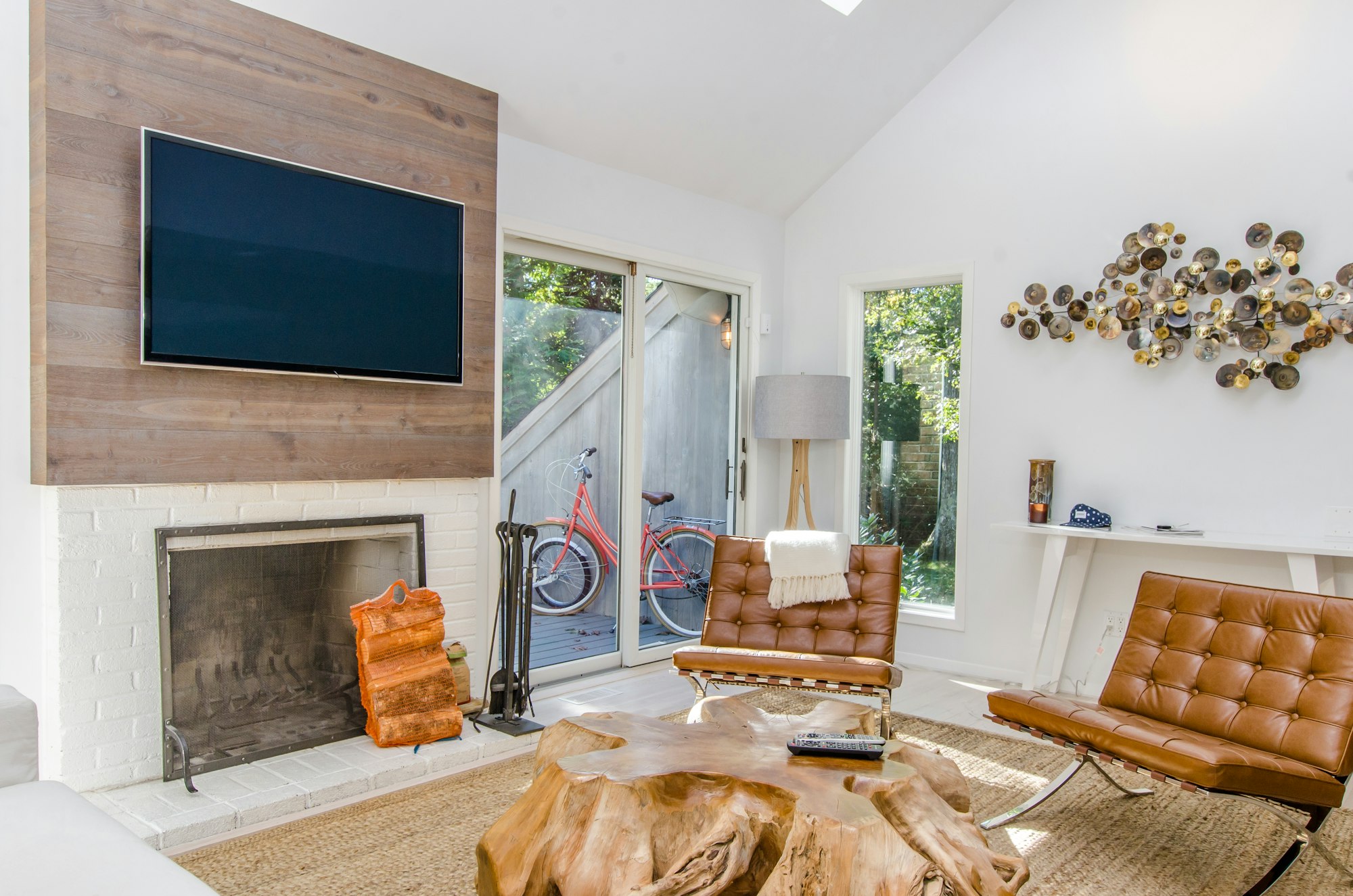
You can also mount your TVs on the wall. This ensures that your baby will not poke the screen or tackle it over to the ground. A wall-mounted TV can also give your condo a cleaner look by freeing up more space.
Rule 03: Setting “Off-Limits” Spaces for your Baby
Over time, your baby can easily reach any open area in your house. Especially for a condo, it is easy for a baby to crawl into the bathroom or into the storage room.
Set “off-limits” spaces around your condo. Make sure that your baby won’t wander around the bathroom alone. It’s risky to leave them unattended with shampoo, soap bars, and a slippery floor.
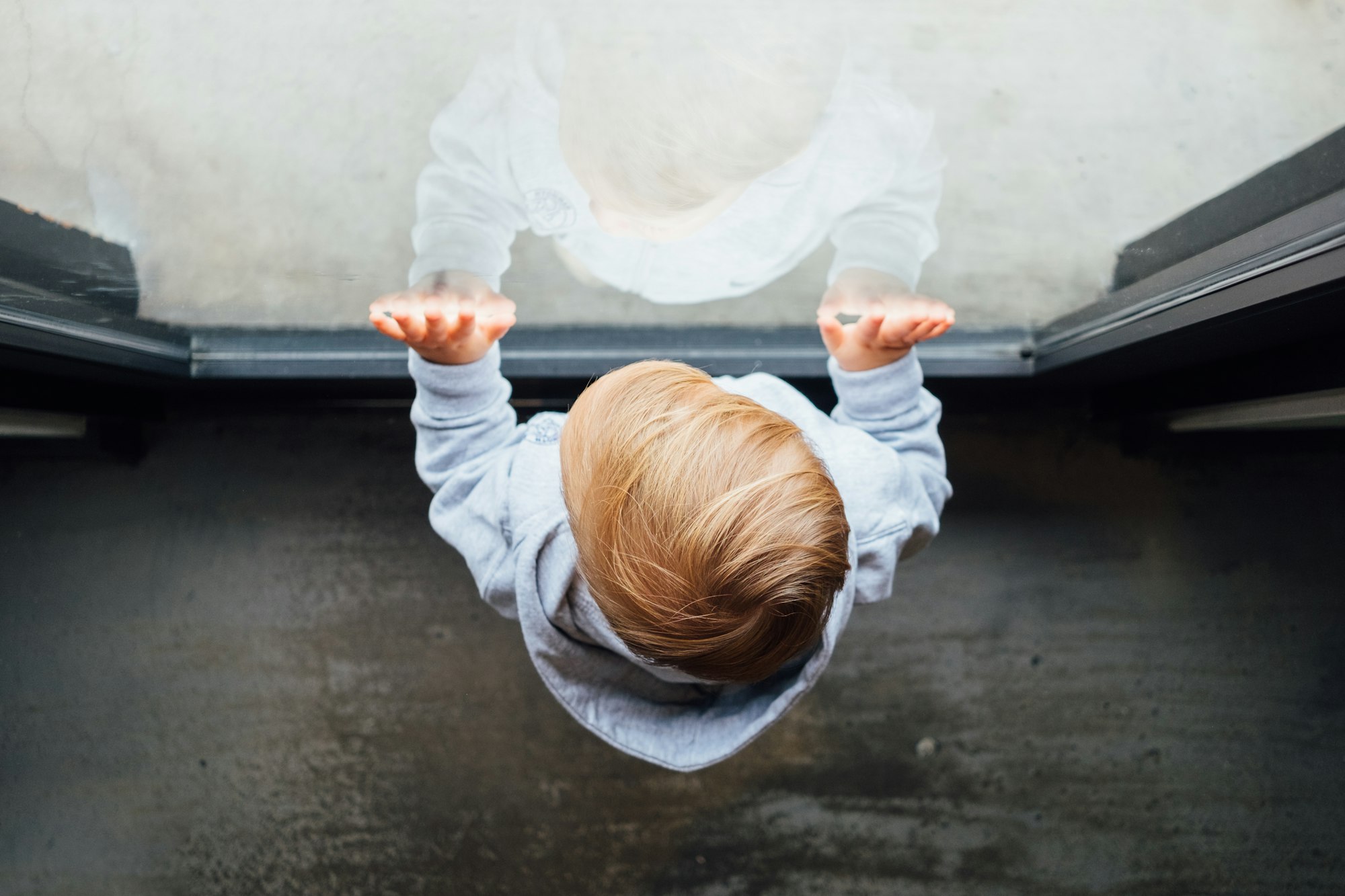
You can either set up baby gates or buy those inexpensive child-safety door locks. If you find it a hassle to set up a metal gate, you can purchase retractable baby gates. Either works fine. But a retractable baby gate may be more convenient if you have a lot of shared areas to secure like the stairs, balcony, and kitchen.
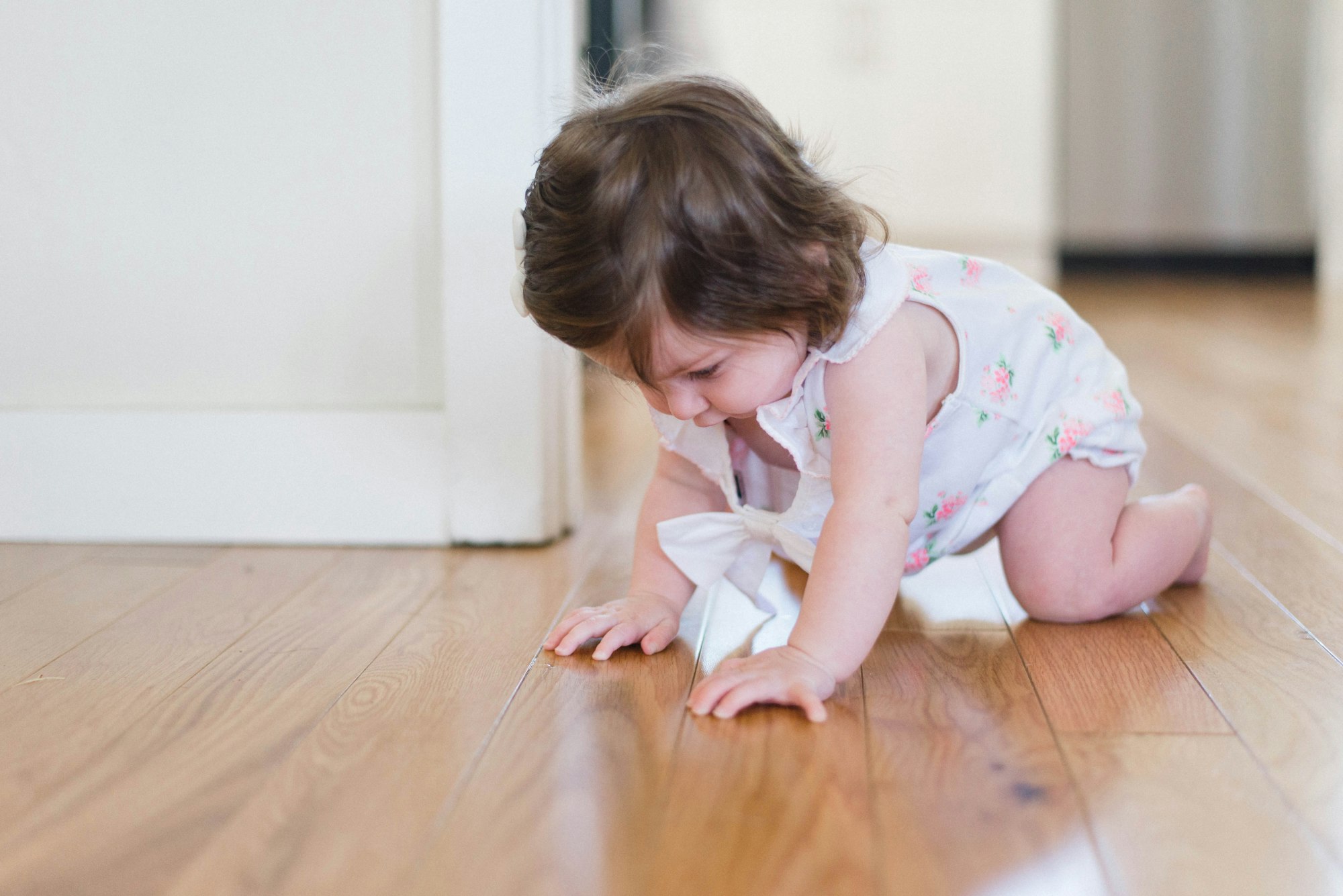
If you see baby gates and added door locks as extra clutter, you can set “off-limits” the “minimalist” way. Put all toxic substances and dangerous tools in a place beyond your baby’s reach. Make sure that you also keep your shower heater’s temperature below 40°C. Most importantly, do not leave your baby unattended around stairs and balconies.
Rule 04: Cover Pointy Edges
This one is rather intuitive but often overlooked. Tables and other kinds of furniture around the house have pointed edges that babies can bump into.
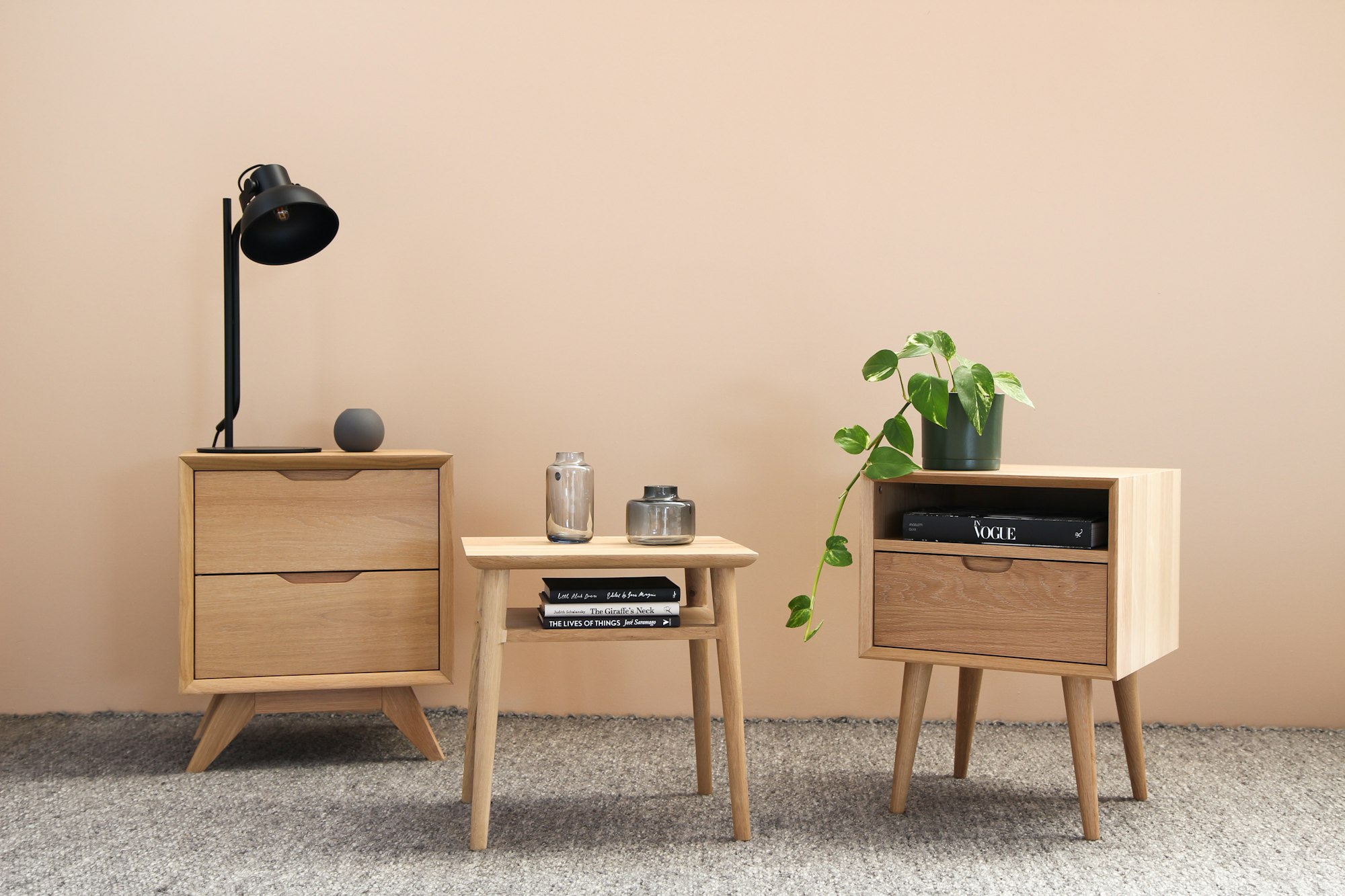
Think from the point of view of your baby and check for furniture edges that stick out. Move away sharped-edged furniture from your baby’s usual play area.
You can also purchase corner protectors to just cushion furniture edges. You can find a wide variety of corner guards here.
Rule 05: Avoid dangling, closed-looped ropes
Curtains and blinds are functional accessories of a condo or house. But they also pose a threat to babies.
Babies can easily entangle themselves to dangling curtain ropes. More so, they can play with closed-loop pulleys of window blinds. This can possibly suffocate them once they forcefully pull the rope away.

To prevent this, tuck blinds and curtain ropes within hooks on the sides of your window. Remember to avoid having closed-looped ropes too!
Rule 06: Keep Houseplants and Ornaments Elevated
If you don’t want your souvenirs, ornaments, and picture frames going all over the place, put them high up the cabinets.
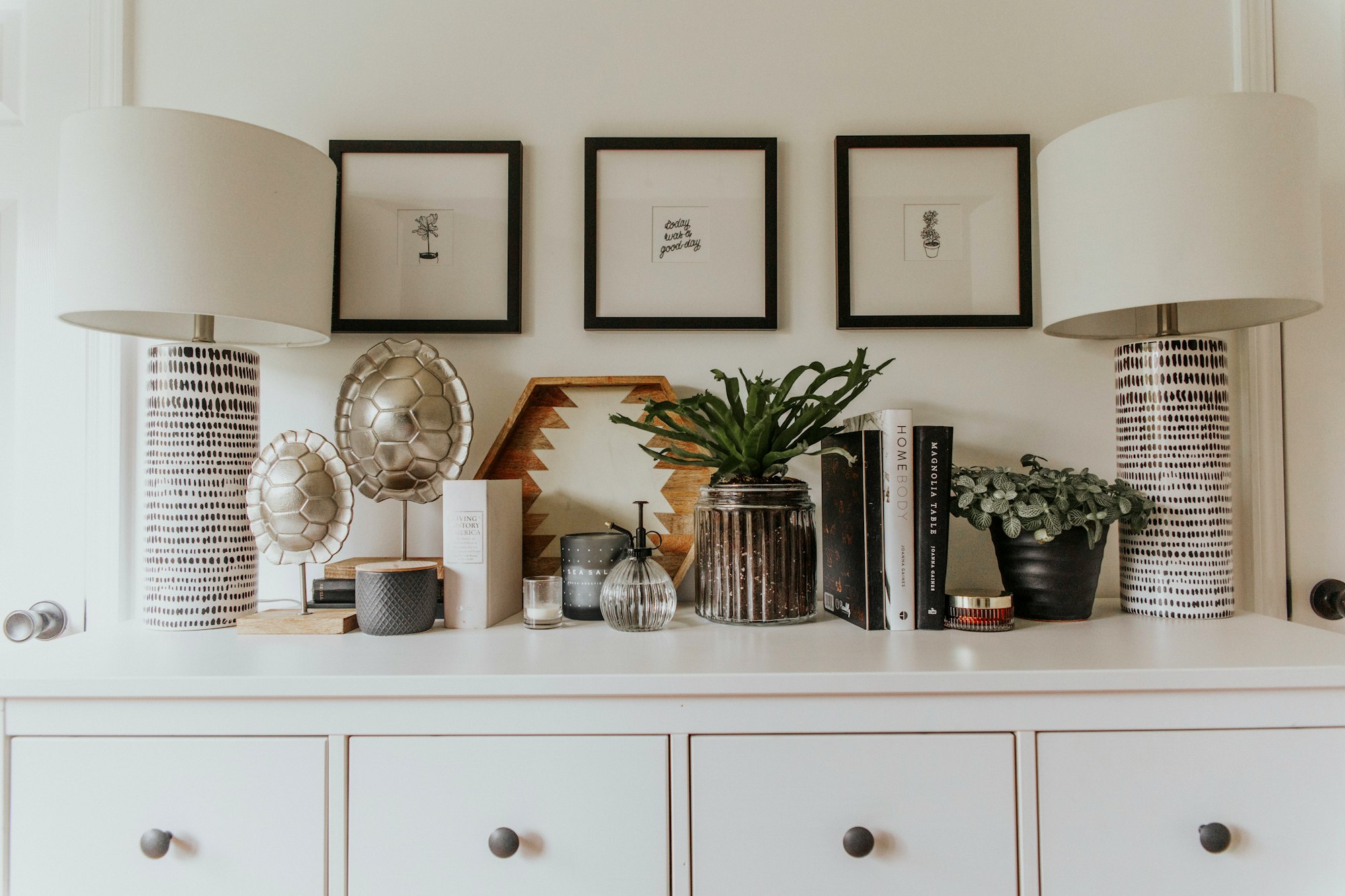
Alternatively, keep your baby’s toys within easy reach. In this way, he or she would less likely play with other things in the house.
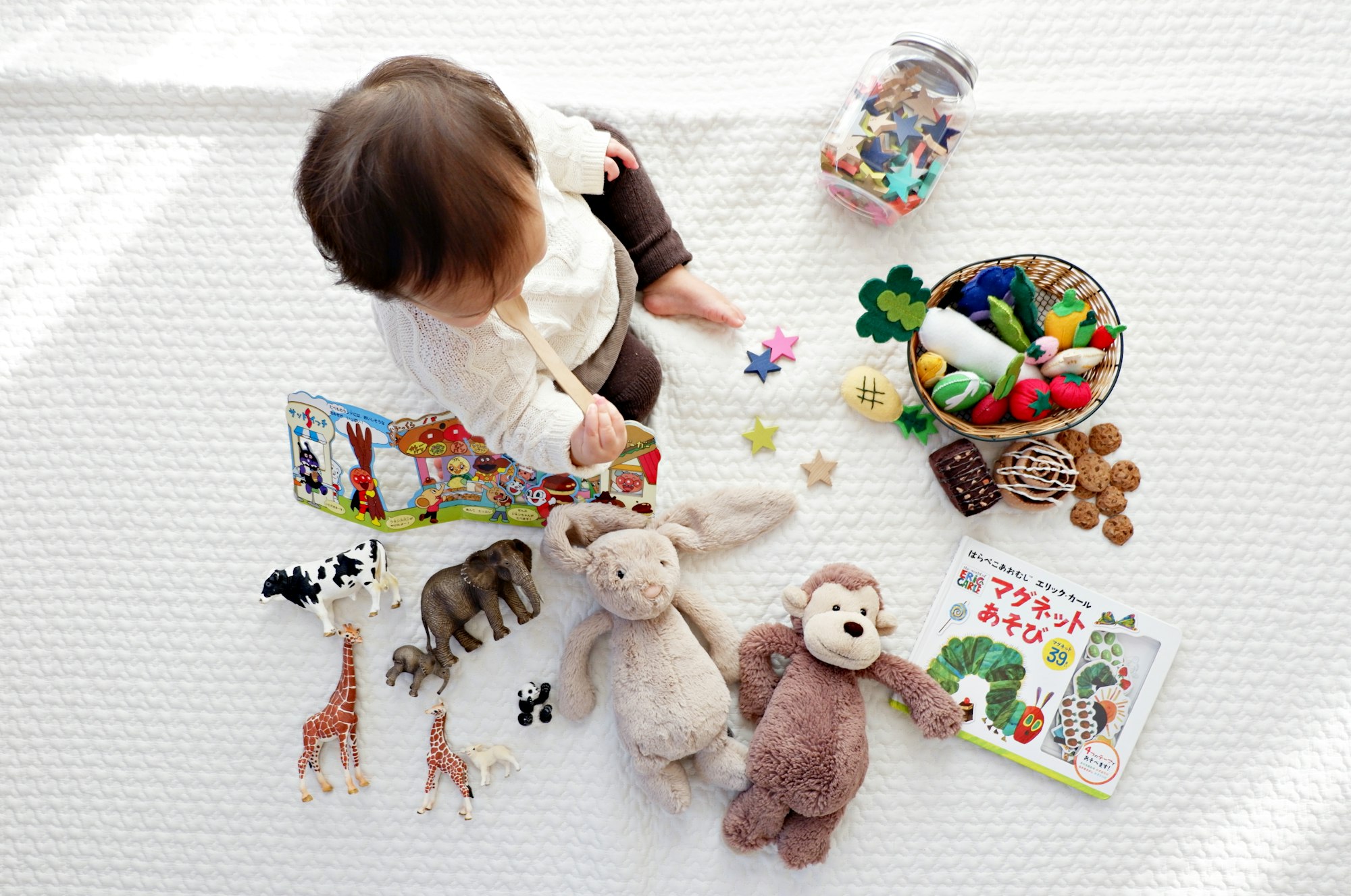
If you have indoor plants, it is best to put them in elevated areas. You would not want your babies playing with your plant soil and even uprooting the plant itself.

Keeping indoor plants away from your baby’s reach also protects his or her hygiene. Babies tend to put whatever they are holding in their mouths.
Rule 07: Use Non-Slip Rugs or Invest in Baby Mats
Avoid serious accidents in the house by using non-slip rugs. It is important to minimize areas where your baby can easily slip.
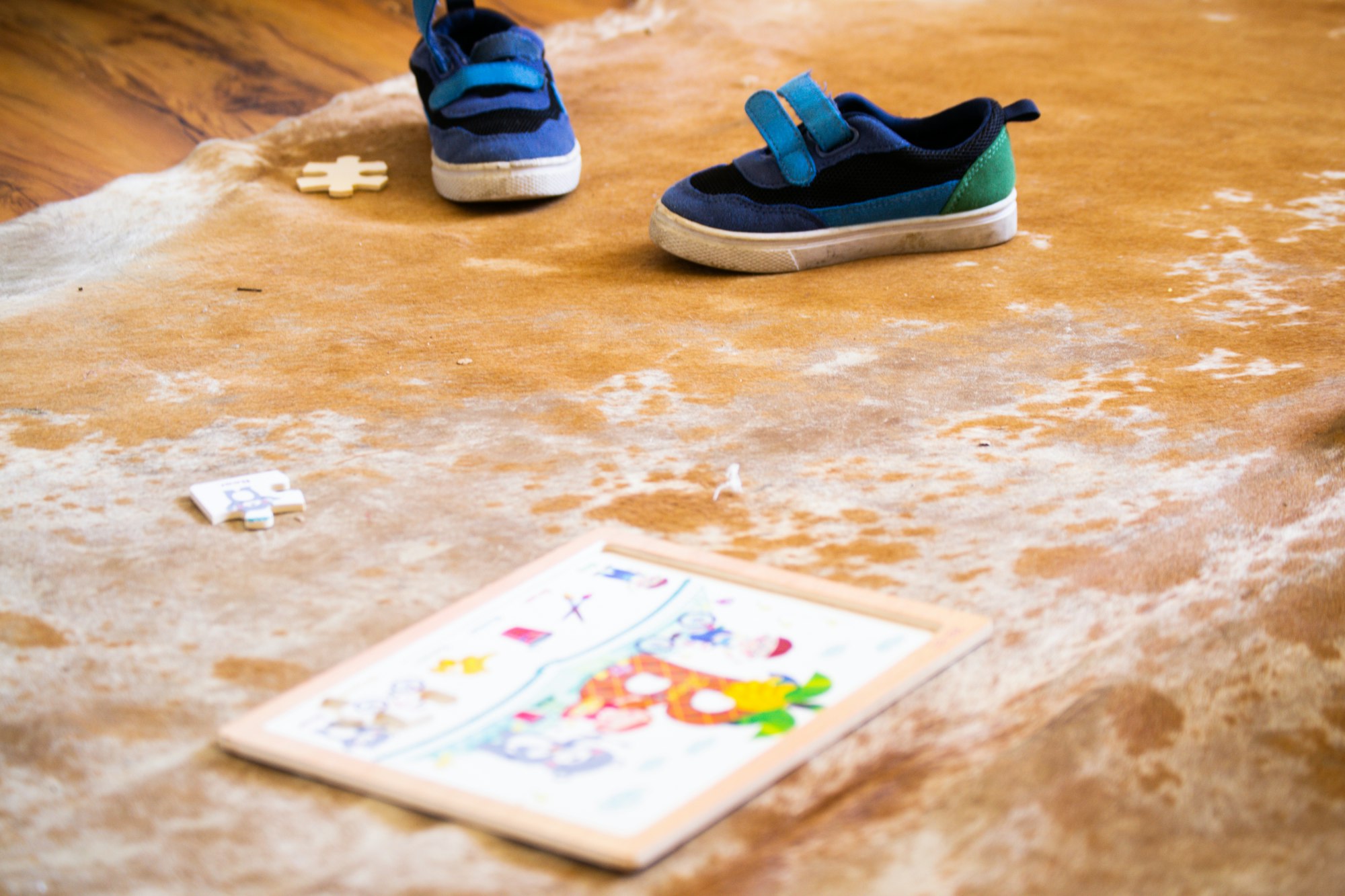
You can also invest in baby play mats. They provide a protective cushion around your baby’s play area. If your baby falls over, the padding from baby play mats will make sure your baby won’t get hurt.
NOTE: Baby-Proofing Does Not Stop Here
Above all else, baby-proofing your condo or house must be coupled with mindfulness. You must be attentive to your baby’s evolving needs. This guide only provides preliminary assistance into the noble journey of responsible parenthood.
Baby’s Safety: Your Top 1 Priority
Create a safe space for your baby by following the 7 practical ways of baby-proofing your condo or house. It is important to give your baby the freedom to move around without compromising his or her safety.
Sources:
Dad Verb. (2021). How to Baby Proof Your Home 2021 [YouTube Video]. Retrieved from https://www.youtube.com/watch?v=48BH4EuWTl4


